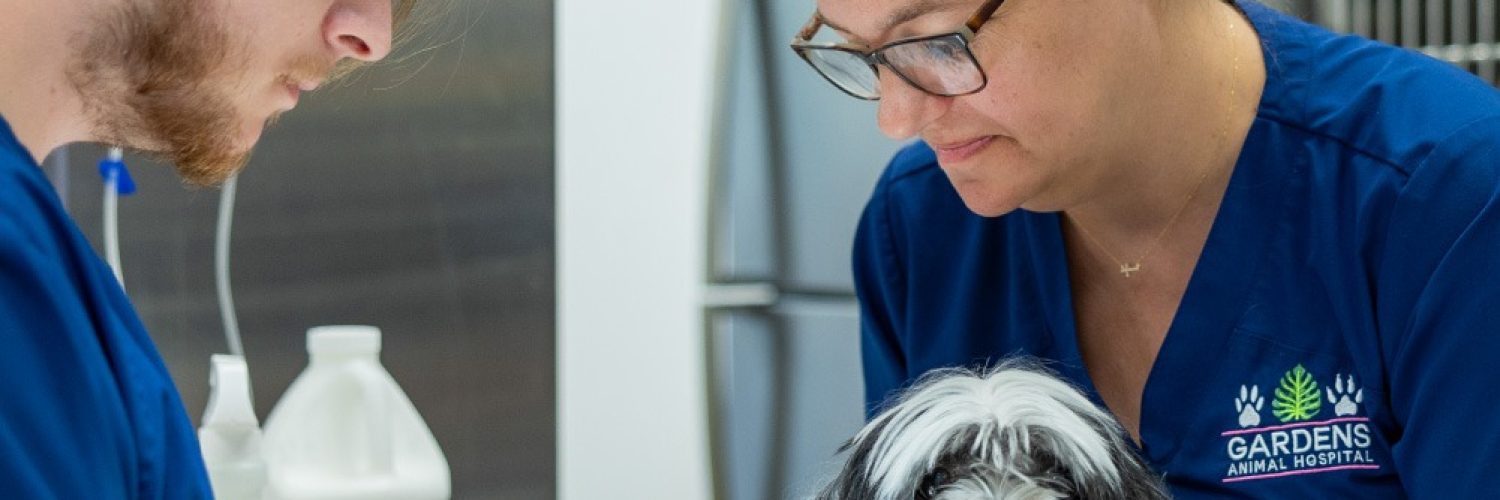As a devoted pet owner, you want nothing but the best for your furry friend. When it comes to knee injuries in dogs, veterinarians commonly recommend the Tibial Plateau Leveling Osteotomy (TPLO) procedure. This blog post will guide you through what the TPLO procedure entails, its benefits, and what you can expect during your pet’s recovery.
What is a TPLO Procedure?
The TPLO procedure is a surgical technique designed to stabilize the knee joint in dogs suffering from cranial cruciate ligament (CCL) tears. The CCL is crucial for maintaining knee stability, and its injury can lead to pain, limping, and arthritis over time. The TPLO surgery alters the biomechanics of the knee, effectively preventing further damage and allowing for a more normal range of motion.
Performing the TPLO Procedure
- Anesthesia: Your pet goes under general anesthesia to ensure them a comfortable and pain-free surgery.
- Surgical Approach: The surgeon will make an incision along the front of the knee to access the joint and remove any damaged tissue or fragments.
- Bone Cutting: The tibia (the bone below the knee) will be cut and rotated to change the angle of the tibial plateau. This adjustment helps to stabilize the knee and prevent further movement that could exacerbate the injury.
- Plate and Screw Fixation: The surgeon will then secure the newly positioned bone with a special plate and screws, allowing it to heal in its new position.
- Closure: Once the procedure is complete, the vet closes the incision, and pet monitoring continues as they wake up from anesthesia.
Benefits of the TPLO Procedure
- Restored Mobility: TPLO surgery can significantly improve your dog’s mobility and quality of life by alleviating pain and restoring normal function to the knee joint.
- Reduced Risk of Arthritis: By stabilizing the knee joint, the TPLO procedure helps to prevent the development of arthritis, which can occur after a CCL injury.
- Long-Term Success: Many dogs experience a successful recovery and can return to their normal activities, including playing and exercising.
Recovery Process
The recovery process is critical to the success of the TPLO procedure. Here are some key points to consider:
- Post-Surgery Care: Your veterinarian will provide specific instructions for post-operative care, including medication for pain management and inflammation.
- Restricted Activity: It’s essential to limit your dog’s activity during the initial recovery phase. Leash walks and controlled exercise are typically recommended for the first several weeks.
- Physical Therapy: After a few weeks, your vet may suggest physical therapy. This aids in your dog’s recovery and help restore strength and mobility.
- Follow-Up Visits: Regular follow-up visits will be necessary to monitor your pet’s healing and ensure that everything is progressing as expected.
Conclusion
The TPLO procedure is an effective solution for dogs with cranial cruciate ligament injuries, providing pain relief and restoring mobility. If your pet is diagnosed with a CCL tear, consult with a veterinary surgeon. They can discuss whether the TPLO procedure is the right option for your furry friend. With proper care and rehabilitation, your dog can return to their happy, active self in no time.
You may have questions about the TPLO procedure or your pet’s health. Don’t hesitate to reach out to us at Gardens Animal Hospital. We’re here to support you and your pet every step of the way!





